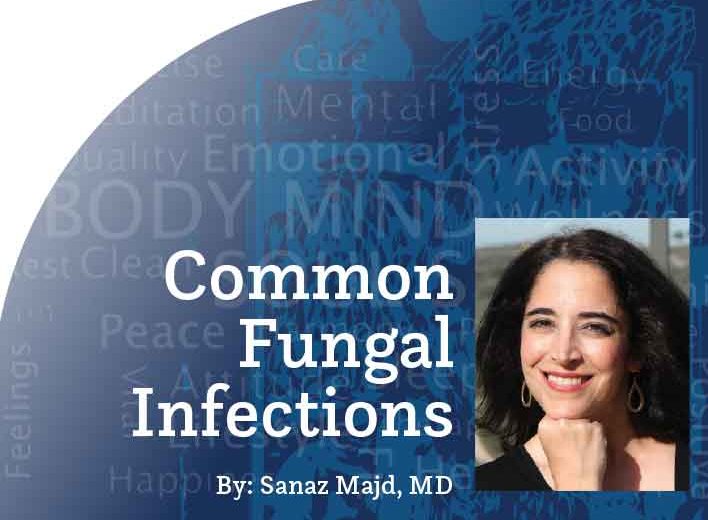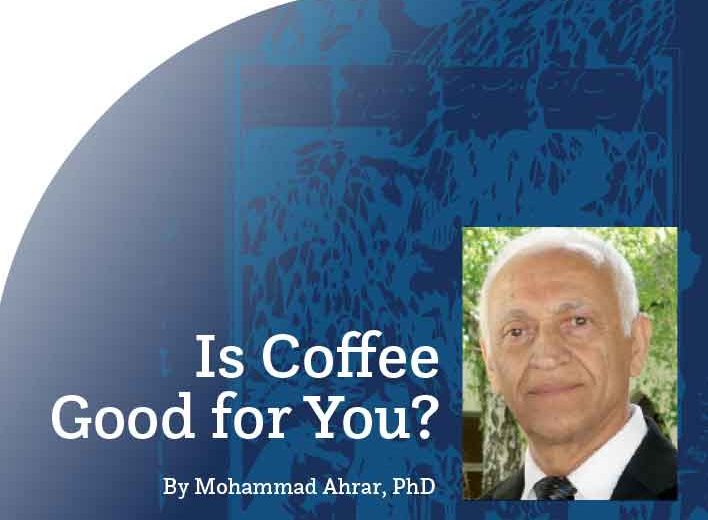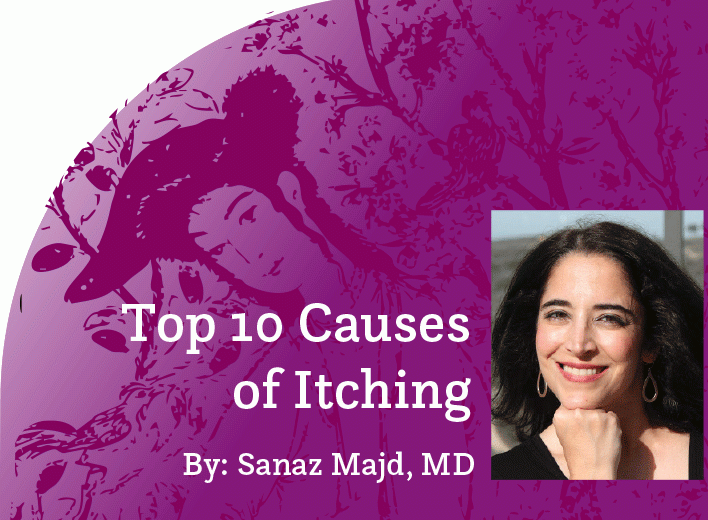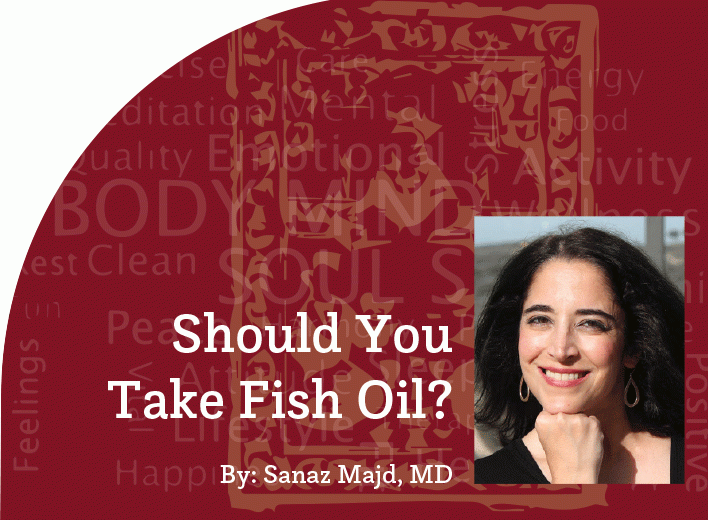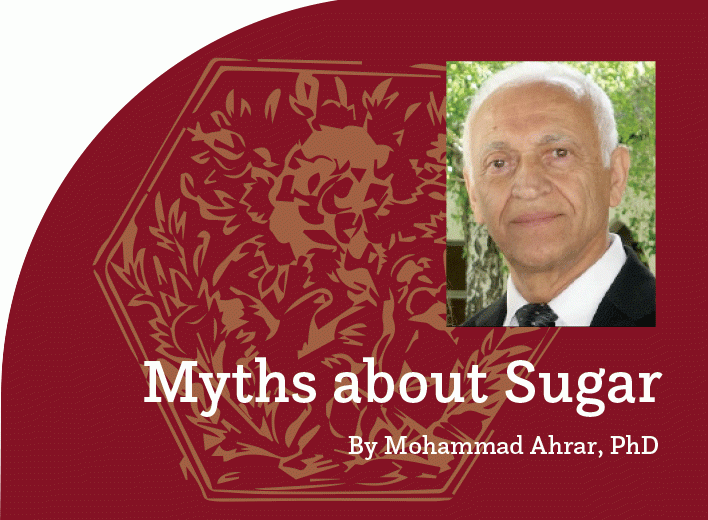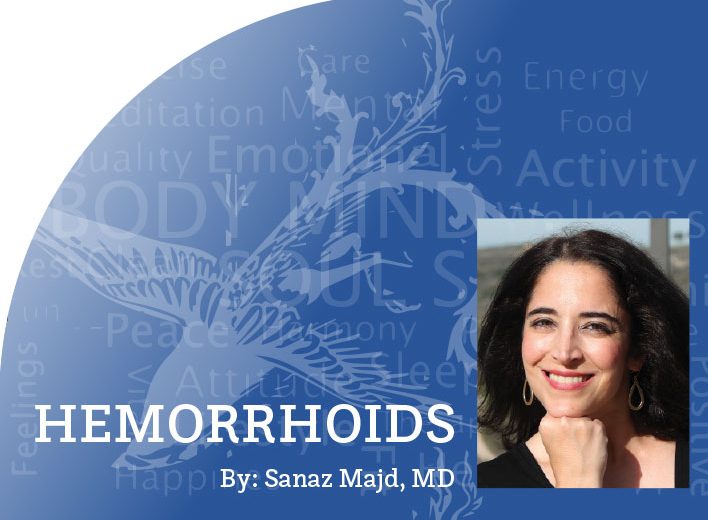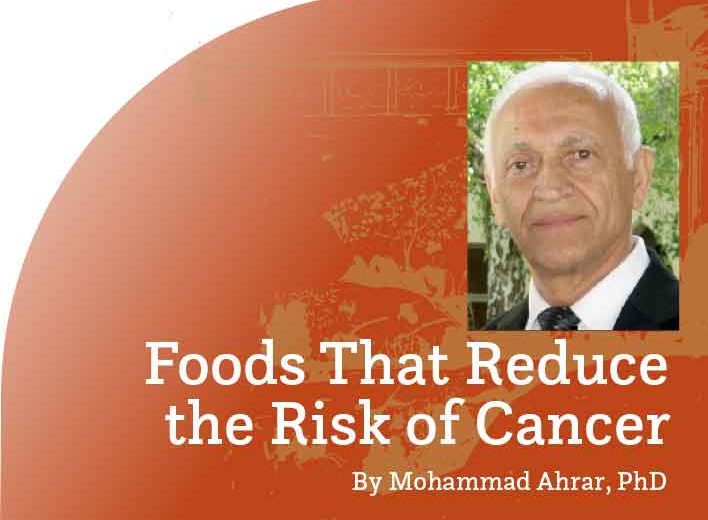By Sanaz Majd, MD
Experiencing and surviving an acute COVID-19 illness is one hurdle, but persistent symptoms for months after have been another potentially overwhelming and unanticipated challenge for many patients. As time passes, we gain more data on people who have suffered from this nasty virus, with more and more people reporting some long-term effects lasting for up to months after initial infection.
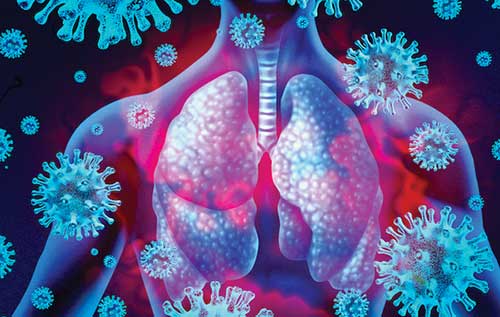
The Center for Disease Control (CDC) has been collecting information and reporting on a growing population of people recovering from the SARS-CoV-2 infection (aka COVID-19) who have developed more persistent symptoms after an acute illness. These include quite a broad myriad of chronic symptoms, defined by the CDC as lasting greater than or equal to 3 months in duration after diagnosis and not explainable by other medical conditions. This has often been referred to as “long COVID.” More than a third of long COVID patients on average report more than one lingering symptom, and the symptoms may consist of physical and/or psychological symptoms.
PHYSICAL SYMPTOMS
Fatigue and shortness of breath were among the COVID-19 symptoms most commonly reported, followed by chest tightness and cough. But other physiologic symptoms reported have included:
- Altered taste and/or smell
- Dizziness
- Body aches
- Hair loss
- Diarrhea
- Joint and muscle pain
- Headaches
In general, the milder the illness and the healthier the person, the shorter the duration of illness and course. Persistent symptoms seem to be more in common in those with underlying medical conditions, the elderly, those who developed serious complications (such as pneumonia or blood clots), those who required hospitalizations, and most especially those who were admitted to the Intensive Care Unit (ICU).
However, recent studies show that prolonged COVID-19 symptoms are not uncommon in healthy people who experience even a mild illness.
In one study, 410 healthy Swiss participants who suffered a mild illness were followed for 7-9 months after a COVID-19 diagnosis. Almost 40% reported residual symptoms. Fatigue was the most commonly reported symptom in about 20% of the participants, but about 16% reported loss of taste or smell, 11% reported shortness of breath, and 10% reported persistent headaches. (1)
In another study at the University of Washington, a total of 150 participants with mild COVID-19 illness, who had been treated as outpatients, were followed for about 6 months after initial infection. Approximately 18% reported 1-2 persistent symptoms, 14% reported at least 3 persistent symptoms, and 29% reported worsened quality of life at the 6 month mark. The symptoms that tended to linger the most were fatigue and loss of taste or smell. (3)
PSYCHOLOGICAL SYMPTOMS
It is important to note that we are still learning about the psychological effects of COVID-19. Studies are currently very limited and in progress, and we need long-term data to adequately assess its chronic effects on the brain and mental health.
However, up to 36% of adults reportedly suffered from some type of psychological effect from the global pandemic itself, regardless of whether or not infection with the actual virus occurred. No doubt that the pandemic itself has produced a profound surge in mental health disorders, most especially affecting young people who remained in significant social isolation. And the potential neuropsychiatric effects of the virus itself to those who were infected adds even another layer of complexity.
We do have data that the COVID-19 virus itself seems to at least acutely affect the brain and may increase risk of neuropsychiatric symptoms all on its own, regardless of the psychosocial impact of the pandemic. In one trial of 214 hospitalized COVID-19 patients, acute central nervous system symptoms were present in up to 25% and included dizziness, headache, or delirium. (3) Another study of 841 COVID-19 hospitalized patients found almost 60% showed acute neuropsychiatric symptoms including anxiety, depression, delirium, dizziness, and insomnia. (4)
Although we need more data reflecting the long-term psychiatric effects of the COVID-19 virus, we do have some long-term data on other similar coronaviruses, such as with the SARS and MERS viruses, which do tend to behave similarly to the SARS-CoV-2 virus in many ways. In one systematic review of SARS and MERS that examined six studies of over 500 participants followed between 3 to 46 months after recovery, the prevalence of anxiety disorders and depressive disorders were both approximately 15%, while PTSD prevalence was about 32%. (5) The SARS-CoV-2 virus, however, may very well have an arguably higher prevalence of chronic mental health illnesses than in SARS and MERS epidemics, given the much broader, graver social and economic impacts of the COVID-19 pandemic. Future research will certainly shed more light on this.
The two groups of people especially at higher risk of developing psychological symptoms as a result of the infection itself include those who suffered from a more serious illness requiring hospitalization or ICU stays, in addition to those who have pre-existing mental health conditions, such as depression and anxiety. These two groups have particularly suffered during this past pandemic, no doubt.
Although the mental health symptoms reported are similar to those reported by hospitalized patients due to other illnesses in previous studies, termed “post intensive care unit symptoms” (PICS), the psychological symptoms do seem to be a little more prevalent in those who suffered from COVID-19 than from other similar illnesses.
Of all symptoms, anxiety has been overall the most commonly reported. But other psychological symptoms most often reported include:
- Insomnia – often termed “coronasomnia”
- Depression
- Post traumatic stress disorder (PTSD)
- Memory changes
- Difficulty with concentration
In one large study of about 62,000 people who were diagnosed with COVID-19 and followed for 14 to 90 days thereafter by reviewing electronic health records, the overall incidence of any psychiatric diagnosis was reported at 18%. (6)
HOW TO PREVENT LONG COVID
Of course, the best way to prevent long COVID is to prevent a COVID-19 infection in the first place. Besides the same recommendations that you have heard repeatedly, such as social distancing, proper hand washing, and masking, the most effective method hands down is to vaccinate.
Studies show that chronic COVID-19 symptoms are not only significantly less severe in both the acute phase (initial 4 weeks) and chronic phase (lasting 28 days or more), but are also significantly less common in those who are vaccinated, compared to those who are unvaccinated. Vaccinated people are also more likely to be asymptomatic when exposed to a mutation.
A recent study of 163 people who suffered from long COVID were followed for 8 months and reported either improvement or no change in symptoms after vaccination with Pfizer’s or AstraZeneca’s vaccine, but in no way were they exacerbated by the vaccine. (7)
The greatest impact you can make, not just for your own health, but for the health of your family, loved ones, and those around you (think elderly grandparents, co-workers on chemo, more vulnerable children, and those with underlying medical conditions and immune suppressed states) is to vaccinate yourselves and your loved ones. We are at war with a virus that transforms itself when given the opportunity to mutate in largely unvaccinated people at this time. If we all vaccinate, we can help prevent its mutation, transmission, and chronic sequelae.
More COVID-19 mental health resources can be found for patients at:
National Institute of Mental Health: https://tinyurl.com/4fv5hprv
Center for Disease Control: https://tinyurl.com/bd254a7v
Sanaz Majd, MD is a board-certified Family Medicine physician and host of the Majd MD YouTube channel (@Majd MD), reviewing the latest medical topics and headlines. You can also follow her on Facebook or Instagram: @SMajdMD.
REFERENCES:
1. Antonelli M, Penfold RS, Merino J, et al. Risk factors and disease profile of post-vaccination SARS-CoV-2 infection in UK users of the COVID Symptom Study app: a prospective, community-based, nested, case-control study [published online ahead of print, 2021 Sep 1]. Lancet Infect Dis. 2021; S1473-3099(21)00460-6. doi:10.1016/S1473-3099(21)00460-6
2. Arnold DT, Milne A, Samms E, Stadon L, Maskell NA, Hamilton FW. Symptoms After COVID-19 Vaccination in Patients With Persistent Symptoms After Acute Infection: A Case Series. Ann Intern Med. 2021;174(9):1334-1336. doi:10.7326/M21-1976
3. Groff D, Sun A, Ssentongo AE, et al. Short-term and Long-term Rates of Postacute Sequelae of SARS-CoV-2 Infection: A Systematic Review. JAMA Netw Open. 2021;4(10):e2128568. Published 2021 Oct 1. doi:10.1001/jamanetworkopen.2021.28568
4. Taquet M, Dercon Q, Luciano S, Geddes JR, Husain M, Harrison PJ. Incidence, co-occurrence, and evolution of long-COVID features: A 6-month retrospective cohort study of 273,618 survivors of COVID-19. PLoS Med. 2021;18(9):e1003773. Published 2021 Sep 28. doi:10.1371/journal.pmed.1003773
5. Nehme M, Braillard O, Chappuis F, Courvoisier DS, Guessous I; CoviCare Study Team. Prevalence of Symptoms More Than Seven Months After Diagnosis of Symptomatic COVID-19 in an Outpatient Setting. Ann Intern Med. 2021;174(9):1252-1260. doi:10.7326/M21-0878
6. Logue JK, Franko NM, McCulloch DJ, et al. Sequelae in Adults at 6 Months After COVID-19 Infection [published correction appears in JAMA Netw Open. 2021 Mar 1;4(3):e214572]. JAMA Netw Open. 2021;4(2):e210830. Published 2021 Feb 1. doi:10.1001/jamanetworkopen.2021.0830
7. Taquet M, Geddes JR, Husain M, Luciano S, Harrison PJ. 6-month neurological and psychiatric outcomes in 236 379 survivors of COVID-19: a retrospective cohort study using electronic health records. Lancet Psychiatry. 2021;8(5):416-427. doi:10.1016/S2215-0366(21)00084-5
8. Mao L, Jin H, Wang M, et al. Neurologic Manifestations of Hospitalized Patients With Coronavirus Disease 2019 in Wuhan, China. JAMA Neurol. 2020;77(6):683-690. doi:10.1001/jamaneurol.2020.1127
9. Romero-Sánchez CM, Díaz-Maroto I, Fernández-Díaz E, et al. Neurologic manifestations in hospitalized patients with COVID-19: The ALBACOVID registry. Neurology. 2020;95(8):e1060-e1070. doi:10.1212/WNL.0000000000009937
10. Rogers JP, Chesney E, Oliver D, et al. Psychiatric and neuropsychiatric presentations associated with severe coronavirus infections: a systematic review and meta-analysis with comparison to the COVID-19 pandemic. Lancet Psychiatry. 2020;7(7):611-627. doi:10.1016/S2215-0366(20)30203-0


